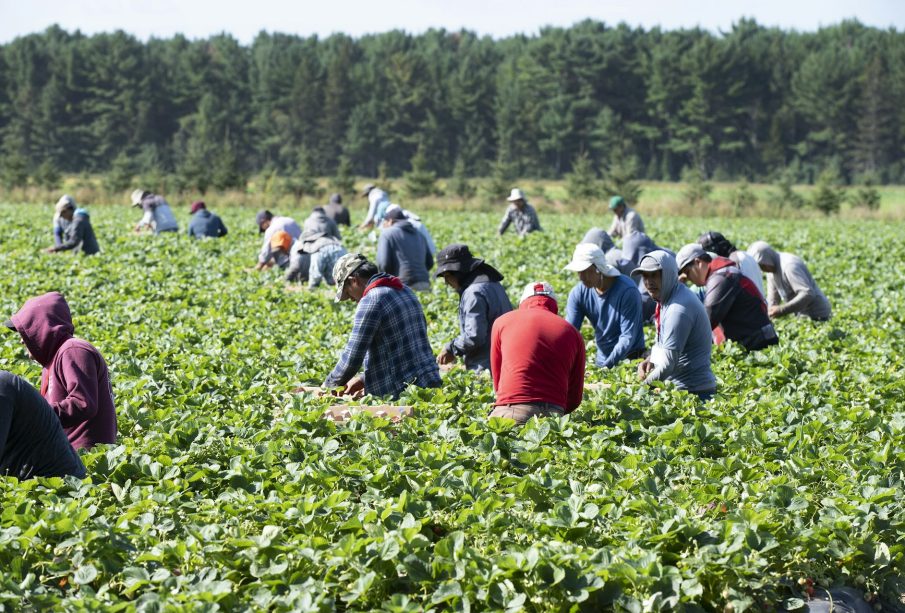Understanding the Temporary Foreign Worker Program in Canada

Introduction
The Temporary Foreign Worker Program (TFWP) plays a crucial role in addressing labor shortages in Canada by allowing employers to hire foreign workers to fill temporary positions. This program is particularly relevant in sectors such as agriculture, hospitality, and technology where skill gaps persist. With recent changes to immigration policies and labor market demands, understanding the TFWP has become increasingly important for both employers seeking talent and foreign workers aiming to find opportunities in Canada.
Key Details of the Temporary Foreign Worker Program
The TFWP is designed to enable Canadian employers to address immediate labor shortages when suitable domestic candidates are unavailable. The program requires employers to demonstrate their efforts to recruit Canadians before they can seek foreign labor. This involves securing a Labor Market Impact Assessment (LMIA), a document that assesses the effect of hiring a foreign worker on the Canadian labor market.
In recent months, the Canadian government has introduced various measures to streamline the TFWP process. For example, changes announced in the 2023 budget include increased application processing speeds and exemptions from the LMIA for specific high-demand occupations. The government is also expanding the list of eligible occupations to ensure more sectors can benefit from the TFWP.
Recent Developments
In response to the increasing demand for labor in various sectors such as health care and agriculture, the TFWP has observed significant enhancements. As of early 2023, the program has seen a record number of LMIA approvals, highlighting its growing importance in sustaining the Canadian workforce. Furthermore, the recent federal budget allocated additional resources to strengthen the enforcement of compliance measures to protect both workers and employers.
Moreover, the COVID-19 pandemic has led to changes in the program’s administration, with provisions for workers’ rights taking center stage. New regulations aim to protect against exploitation and ensure foreign workers receive fair treatment while contributing to the Canadian economy.
Conclusion
The Temporary Foreign Worker Program serves as a vital mechanism to combat labor shortages in Canada, enhancing the economy and addressing skill gaps in key sectors. As Canada continues to evolve in its immigration strategy, the TFWP is likely to adapt to cater to the needs of both employers and workers, providing more avenues for economic growth and cultural exchange. For employers and potential foreign workers, staying informed about the program’s regulations and updates will be essential for navigating the opportunities it presents.









